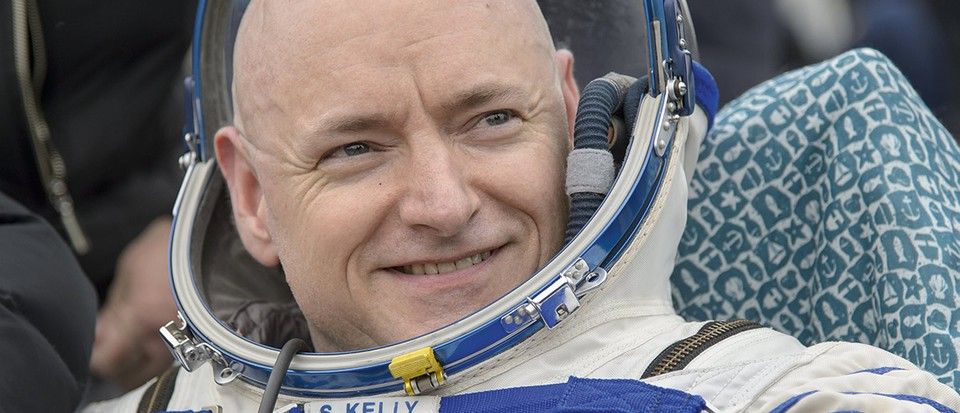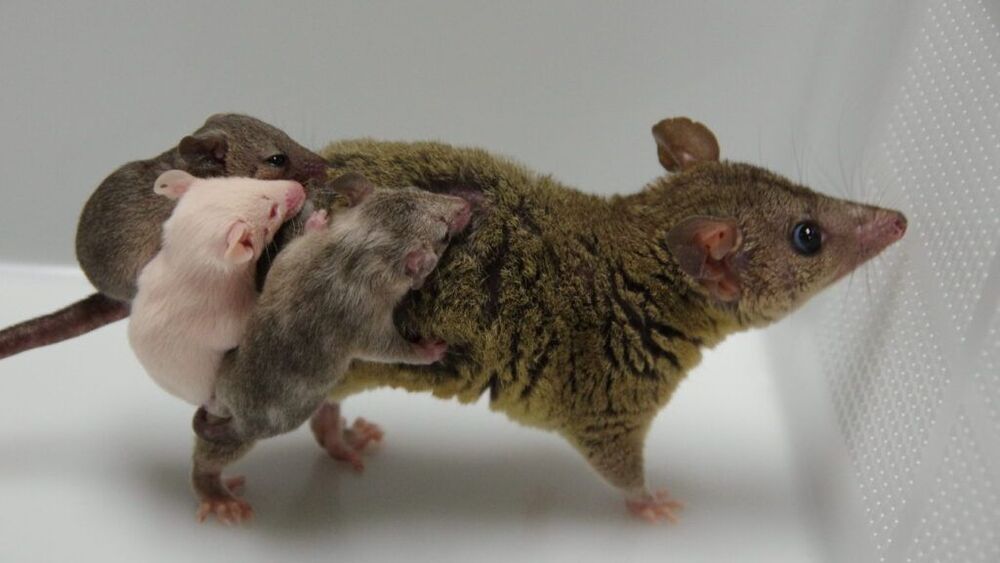A study looks at an ancestral recombination graph of the genomes of modern humans, Neanderthals, and Denisovans to map how much of our genome is shared.


Check out our new promo for #transvision #future Summit 2021! Get your tickets! -> www.TransVisionMadrid.com There will be talks about #longevity #artificialintelligence #cryonics and much much more. You will also be able to network with speakers and attendees during 5 optional dinner/cocktails, and 2 tours of several UNESCO heritage sites and historical places: Ávila, Segovia, Monsaterio de El Escorial, Valle de los Caídos (Valley of the Fallen), Aranjuez & Toledo.
Humanity Plus Humanity Plus Humanity Plus Magazine MUTISHAN Interactive Vivian Francos #SEOHashtag Alcor Life Extension Foundation Cryonics Institute Cryonics Institute SENS Research Foundation SENS Research Foundation Posthuman Network Posthuman Network Cryonics4U Longevity Conferences Longevity for All U.S. Transhumanist Party Transhumanist Party Australia Transhumanist Party Virtual Rational Transhumanism Singularity University Ray Kurzweil Singularity Singularity Hub Ray Kurzweil’s Singularity Singularity Network Transhumanismo Brasil Transhumanismo Brasil TRANSHUMANISMO Christian Transhumanist Association Mormon Transhumanist Association SingularityNET Singularitarianism Foresight Institute Lifeboat Foundation Lifeboat Foundation Machine Intelligence Research Institute KrioRus The Hedonistic Imperative — Paradise Engineering.
Promo by sergio tarrero for alianza futurista & transvision madrid.
http://www.TransVisionMadrid.com.
Spain will host the next world futurist summit on October 8, 9 and 10, 2021. Humanity+ will be the main international organizer of this international congress. Afterwards, during October 11 and 12, we will continue with informal conversations while traveling to UNESCO World Heritage Sites around Madrid: Aranjuez, Ávila, El Escorial, Segovia y Toledo. Every night will finish with optional cocktails in beautiful places for networking and meeting the participants and speakers.
Paper referenced in the video:
Potential reversal of epigenetic age using a diet and lifestyle.
intervention: a pilot randomized clinical trial.
https://www.ncbi.nlm.nih.gov/pmc/articles/PMC8064200/
Patreon link:
https://www.patreon.com/MichaelLustgartenPhD

One of the scientists prodding and poking the Kelly brothers is Prof Christopher E Mason, the lead geneticist on the Twins Study. Mason’s lab at Cornell University is nothing if not ambitious. Its work centres on a “500-year plan for the survival of the human species on Earth, in space, and on other planets.”
As well as studying what happens to astronauts, it involves laying the genetic groundwork for humans to live among the stars. Mason envisions a future in which the human genome can be bioengineered to adapt to almost any environment, augmented with genes from other species that allow us to explore and settle the farthest corners of the Universe.

MIT physicists have observed signs of a rare type of superconductivity in a material called magic-angle twisted trilayer graphene. In a study appearing in Nature, the researchers report that the material exhibits superconductivity at surprisingly high magnetic fields of up to 10 Tesla, which is three times higher than what the material is predicted to endure if it were a conventional superconductor.
The results strongly imply that magic-angle trilayer graphene, which was initially discovered by the same group, is a very rare type of superconductor, known as a “spin-triplet,” that is impervious to high magnetic fields. Such exotic superconductors could vastly improve technologies such as magnetic resonance imaging, which uses superconducting wires under a magnetic field to resonate with and image biological tissue. MRI machines are currently limited to magnet fields of 1 to 3 Tesla. If they could be built with spin-triplet superconductors, MRI could operate under higher magnetic fields to produce sharper, deeper images of the human body.
The new evidence of spin-triplet superconductivity in trilayer graphene could also help scientists design stronger superconductors for practical quantum computing.


We probably at this point should make all animals immortal: 3.
The advance promises to unlock new insights into human biology and disease, aiding in the study of everything from the developing immune system to tissue regeneration to skin cancer.
“Studying biodiversity is not just about exploring the biology of a bunch of interesting organisms, but ultimately for a better understanding of human biology,” developmental biologist and lead study author Hiroshi Kiyonari said via email.
Five years ago, his team began to systematically work out the problem that had so long plagued the opossum field. The first barrier was to collect zygotes (fertilized eggs) at the right time. Ideally, that would be before they began dividing, when they are still a single cell. If you inject CRISPR at this stage, you can be sure all the resulting animals’ cells will carry whatever DNA changes you make. Doing it later can mean some cells but not others will be edited — a less ideal outcome known as mosaicism. Another benefit of collecting fertilized eggs as early as possible is that the shell coat hasn’t had time to thicken.
The human trial of plasma dilution started in Russia last week. The lead researcher is checking how the biomarkers of aging will change in response to 110% plasma replacement during the therapy, and the difference between the group with albumin addition and without albumin. The trial is open to both Russian citizens and people from other countries. It is a hybrid model where part of the expenditures is paid by the volunteers, and part is provided by the patron of the research. This model allowed to get the trial started in record time — less than 9 months from conception to the start date.
The research group wants to test plasmapheresis in combination with other longevity therapies next to see if plasma dilution prior to the other therapy can enhance the results.
Are you interested in longevity news? Come over to https://youtube.com/x10show for more!
Does blood hold the secret to aging? That’s kind of what an ongoing clinical trial in Russia is trying to find out. Previous experiments carried out in aged mice suggest that plasma dilution has positive effects on cognition and neuroinflammation, and now scientists want to see if the procedure can positively impact humans too.
By the way, don’t forget our conference Ending Age-Related Diseases 2021 is coming soon! Follow this link to learn more and get your ticket:
The makers of a luxury vehicle billed as a ‘flying motorcycle’ that can travel upwards of 300mph have completed flight testing their first prototype and are ready to take preorders.
Jetpack Aviation envisions its Speeder—a jet-powered, vertical takeoff and landing (VTOL) aircraft—as both a pleasure craft and a mission vehicle well-suited for medical teams and fire and rescue operations.
The company’s P1 prototype has an aluminum chassis and was tethered during recent flight testing in Southern California, where it hit several benchmarks that ‘demonstrated the Speeder’s ability to take-off, climb, hover, yaw and perform slow transitions into forward flight,’ Aerospace Testing International reported.
A biotech company in upstate New York designs products made from the root structures of mushrooms. It takes about a week to grow their alternative to styrofoam packaging. And their vegan meat can be sliced into whole cuts and crisps up like bacon when fried.